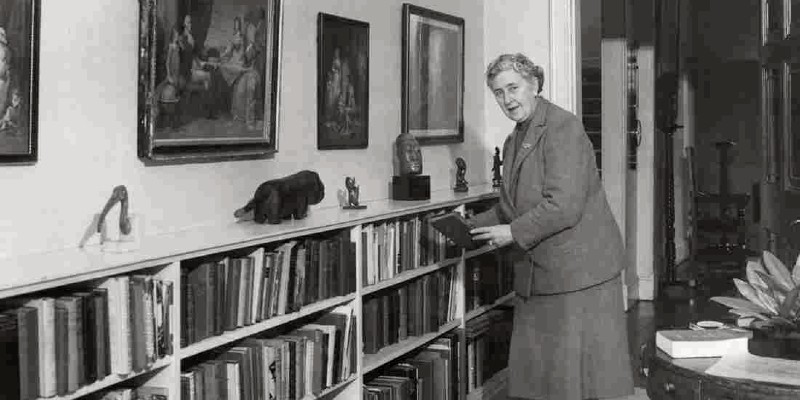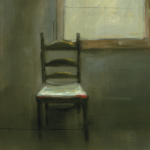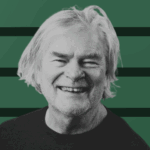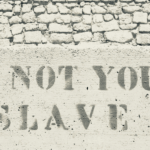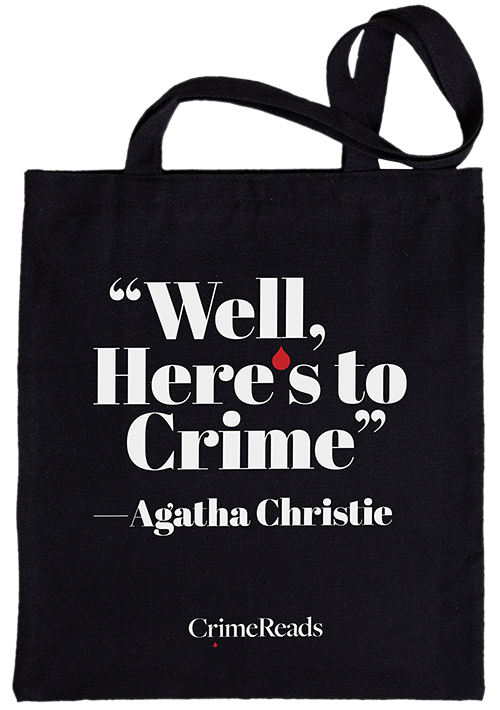Christie’s portrayals of denizens of various parts of the world (as many of her British characters bluntly put it, “foreigners!”) take a wide variety of formats from over-the-top satire and stereotypes to relatively nuanced and neutral. One particular categorization that crops on frequently in her mysteries are her “Mittel European” – or rather, central European – characters, some of which are particularly memorable.
A notable element that makes her “Mittel European” characters especially intriguing is that they tend to reflect recent (relative to a book’s publication) historical events quite vividly, sometimes more so than characters being portrayed from other parts of the world.
Prior to World War I, there were two empires still in existence in central Europe, namely the Austro-Hungarian Empire and the German Empire. As such, some of Christie’s central European characters remind the reader of aristocratic members from former monarchies, like Hungarian nobleman Count Andrenyi from The Murder on the Orient Express. At times in Christie’s work, the central Europeans’ national identities are portrayed as rather vague due to all the upheaval. For instance, in Death on the Nile we are introduced to Dr. Bessner, who has a practice in Czechoslovakia but is also well-known throughout Austria – and the book’s characters think he is German. Confusing? To the modern reader, absolutely. However, from a historical perspective in the mid-30’s, it hadn’t been all that long since 1918 when the aforementioned countries had become independent republics.
The drastic shift of empires and its ensuing chaos is also well-reflected via her characters who hail from the memorable fictional Herzoslovakia, such as Prince Obolovitch and Count Stylptich from The Secret of Chimneys or the Herzoslovakian setting for the blackmail-focused tale in the Poirot short story The Stymphalean Birds. Herzoslovakia is an obvious amalgamation of (what would be modern-day) countries like Serbia, Czechoslovakia and Slovenia. In this Christie-imagined land, its citizens experience events like regicide and revolution that essentially, albeit with exaggeration, mimicked a lot of what went on in much of central Europe in the early 20th century leading up to the first World War.
Between the two World Wars, there were many drastic historical shifts throughout the European continent that obviously influenced the way Christie opted to write about central (and Eastern) Europe and its inhabitants. One of the most glaring ones is the formation of the Soviet Union and rise of Communism, a topic that Christie continued to revisit before as well as post-World War Two mysteries, notably in works such as The Big Four, Destination Unknown and Hickory Dickory Dock. She introduces characters implied to be Communist that try to push some revolutionary agenda on a rather grandiose scale. There’s also any number of Christie’s characters that are open about their “radical” beliefs: these characters do generally turn out to be rather harmless, such as the left-wing students in Hickory Dickory Dock and Mr. Ferguson in Death on the Nile. In some ways, as Christie was a master of satire and poking a bit of fun at anything and everyone, her pseudo-Marxist characters often talk the talk but don’t necessarily walk the walk – they’re not really as devoted to their beliefs as they might espouse.
In Christie’s novels that take place during World War Two and post-war, she introduces some characters with implied Nazi or Fascist connections; one of the most extreme representations of that type of character is Countess Charlotte von Waldsausen in Passenger to Frankfurt. In a rather over-the-top style, this Bavarian former aristocrat attempts a “New World Older” with her “Young Siegfried” protégé in this ‘70s spy novel.
A particularly memorable central European character written in a post-World War Two Christie mystery is Mitzi. “One of the few who isn’t altogether other than she appears is the cook Mitzi — referred to by the other characters as a “Mittel European,” which is Christie’s euphemism for “Jew” — and yet Mitzi is frequently referred to as a pathological liar,” notes humanities professor Alan Jacobs.
Famed for her Delicious Death cake and portrayed as being completely paranoid about the police, Mitzi’s depiction can be controversial. “While it can certainly be argued that stereotypes are relatively common within the works of Agatha Christie, here we instead get a caricature and, given the background of her character, a most insensitive one. It is not often that one can say that Christie was cruel in her writing, but it seems difficult to make any other assumption in this case,” comments blogger Shane Brown.
Another memorable central European refugee character is German emigre Carl von Deinim from the Tommy and Tuppence World War Two mystery N or M? Christie makes him a more nuanced figure with a twist reveal towards the end of the novel.
There are still far more “Mitteleuropa” characters to explore and consider against their historic background in Christie’s work, so consider this your excuse to go back and re-read them all!

